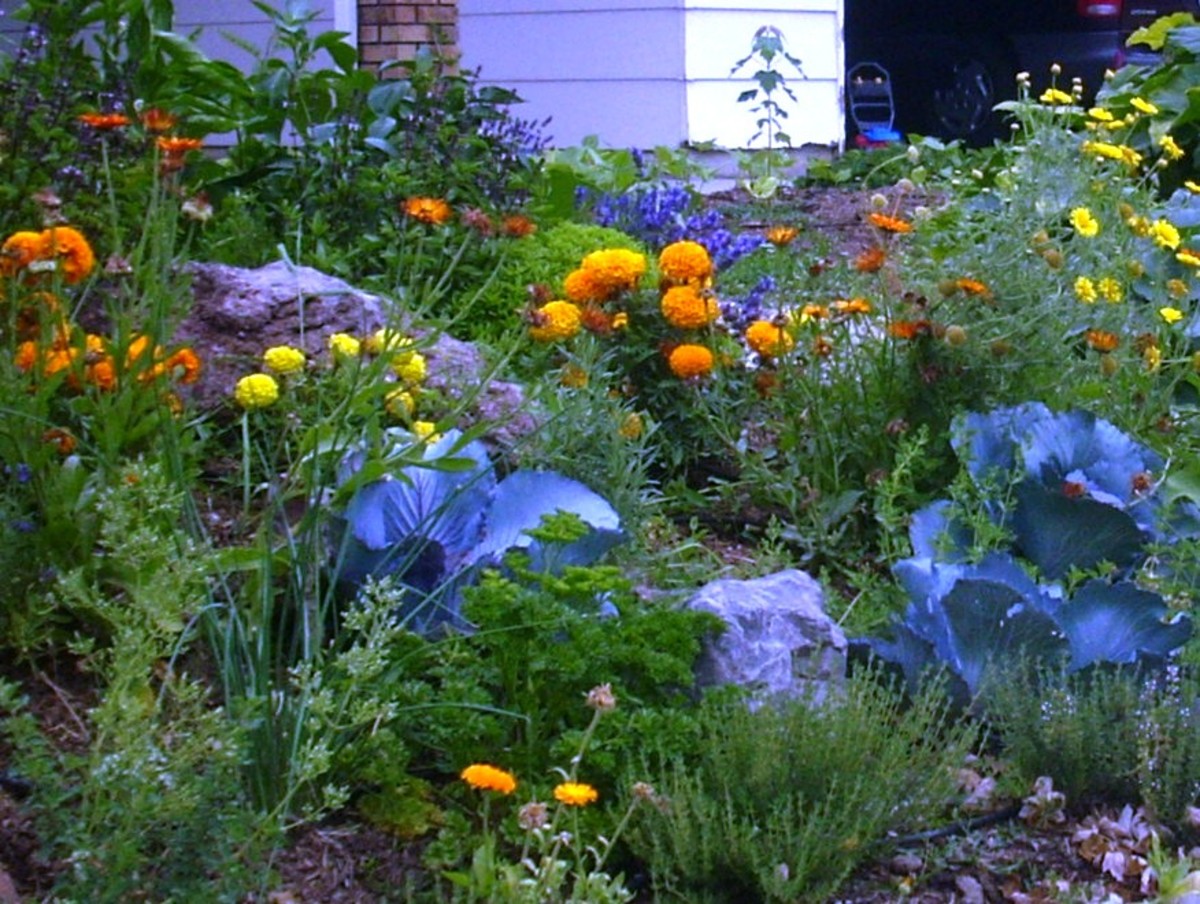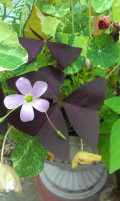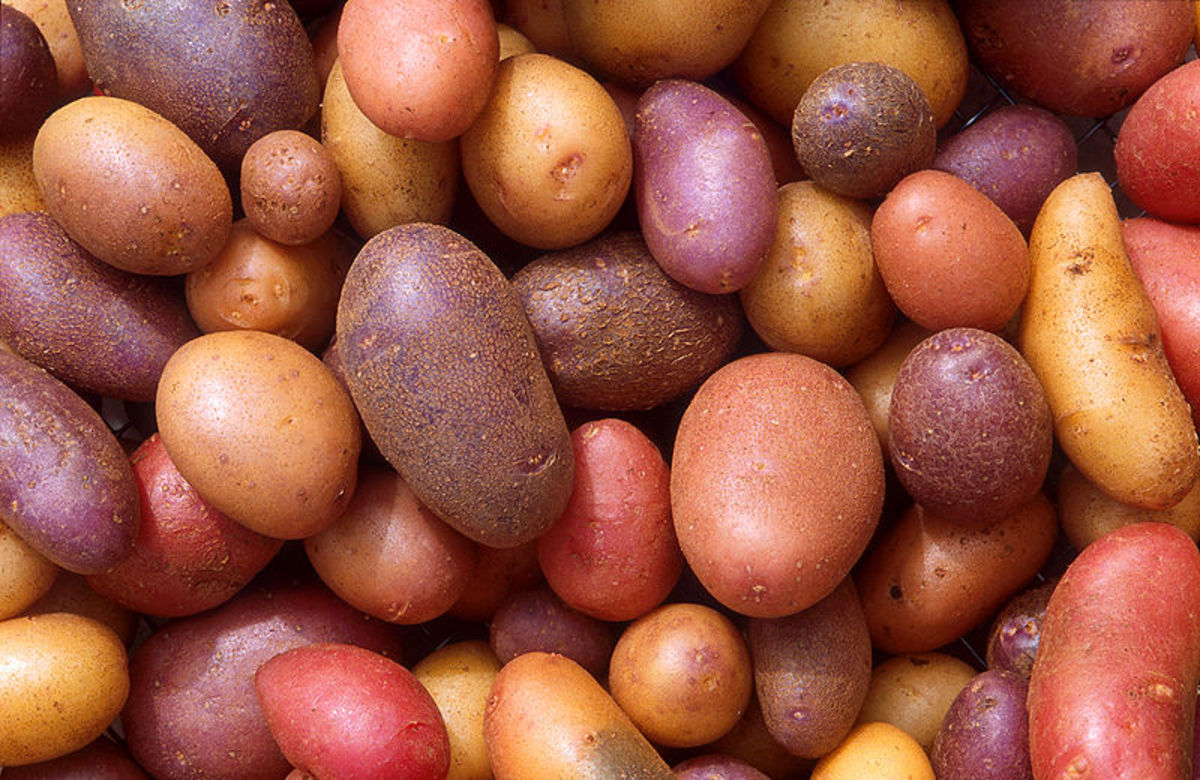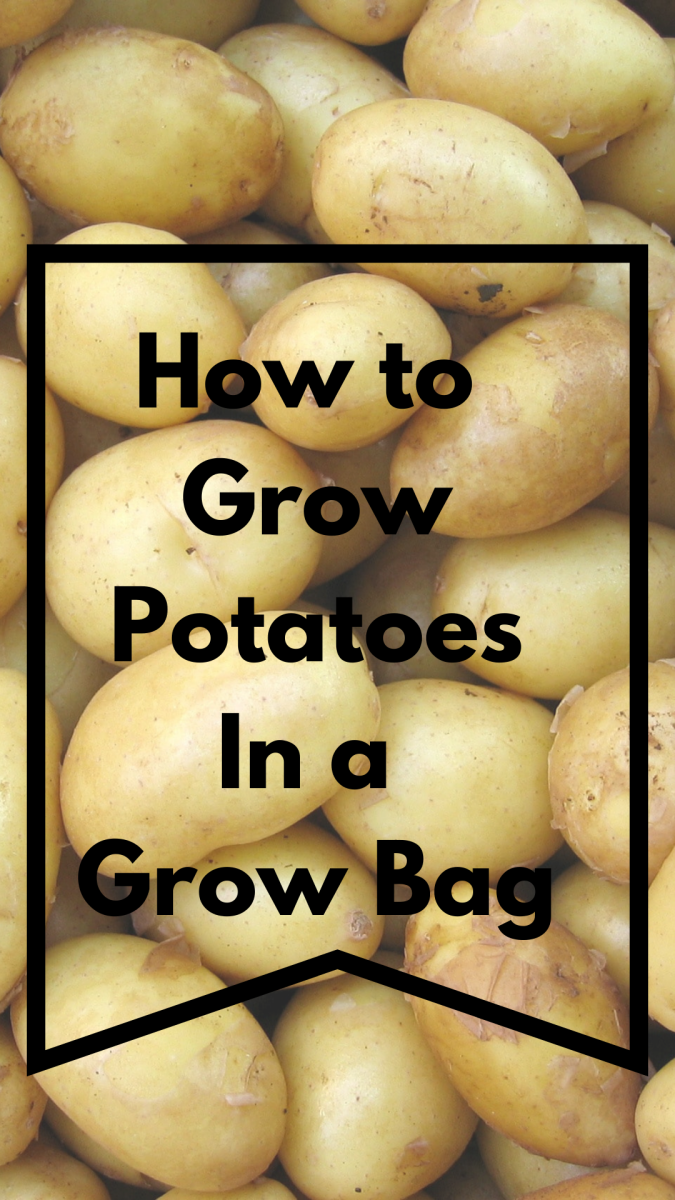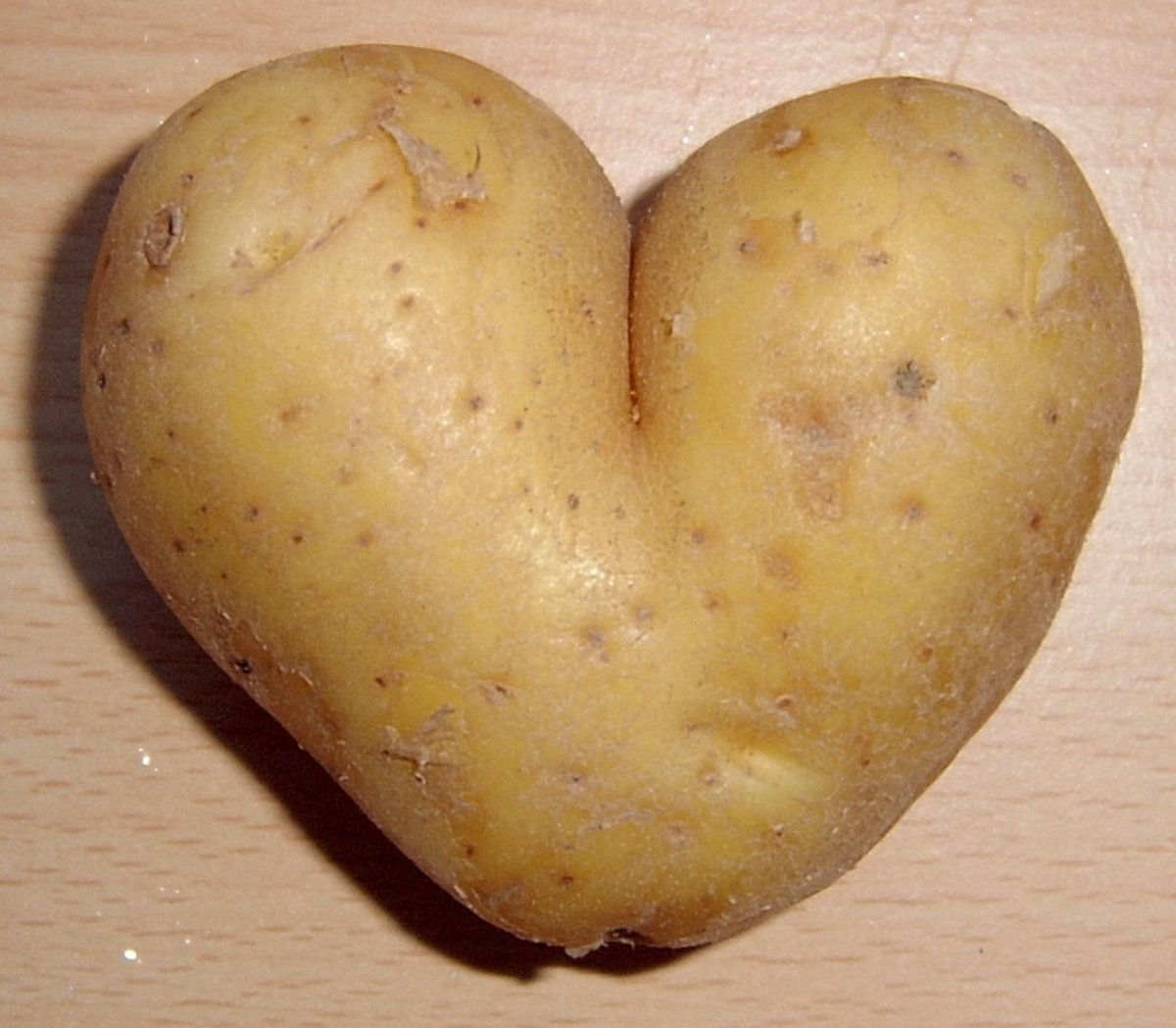Bull's Blood Beets Bring Burgundy Color to Your Edible Landscape
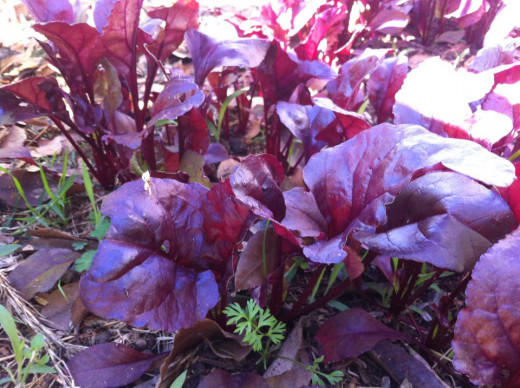
Front yard food gardens are becoming a trend. However, in some areas they violate local ordinances for the simple and silly reason that they are not grass and flowers. Row gardens and raised beds in the front yard just don't fit in with the neighborhood, and appearance is everything.
If your city doesn't want your front yard to stick out like a sore thumb, but you want to plant food you can eat, don't despair. There are ways you can grow your food and possibly keep code enforcement - and your neighbors - off your back.
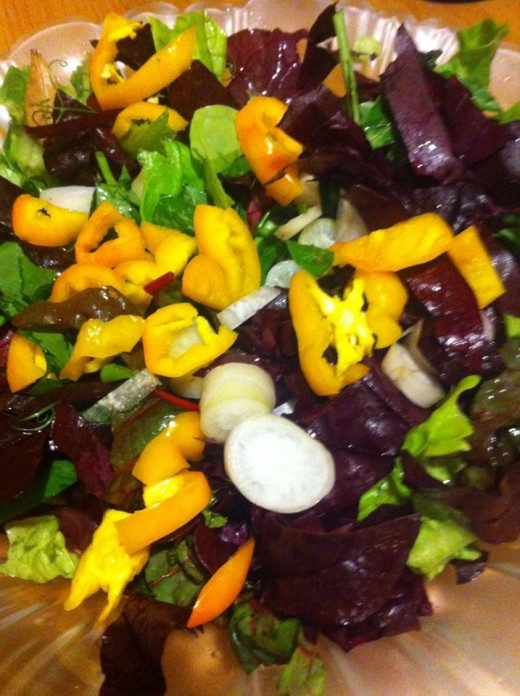
Meet the Beet
The lowly beet. Perhaps not something you've considered growing, but you should. The Bull's Blood beet is beautiful. The leaves are green to begin with, but as they grow they develop a deep burgundy color. In the sunlight, they are like red gems in the garden. And the entire plant, leaves to root, is edible. This particular beet is often grown as an ornamental, just for the color, which makes it a perfect choice for the front yard garden.
Beets can be grown solely for the greens, or reds, in this case as well as for the root. If you are not a fan of the flavor of beets, you can still enjoy the tops. They have more of a spinach-like flavor and can be eaten raw or lightly steamed. Bull's Blood beet tops are often used in salads instead of radicchio. If beet roots are not a concern, the plants can be grown closer together. They must be spaced at least 3 inches apart if you want to harvest the root. Even more widely spaced they will create an attractive border or group planting.
The tops will grow up to 18 inches tall. The leaves can be harvested beginning around 35 days after germination. Cut the stems about one-half inch from the soil. Harvest the larger leaves and allow the smaller ones to continue growing. The leaf stems are also edible and have more of the beet flavor. The beet roots should be harvested when they are two to three inches in diameter. You can allow them to grow larger but they become tough and woody if they get too large.
Companion Plants for Beets
Bush beans, cabbage family pants, lettuce, onion family plants, radish and sage are all good companions for beets. Of these companions, the most ornamental would be lettuce, sage and perhaps onions, particularly green onions that can be planted in groups.
Green onions, or scallions, are a cut and come again plant that will produce for as long as the plant survives. The green tops are cut off at soil level and new greens will start growing back within a few days.
Leaf lettuces come in a variety of colors and textures. Four season lettuces stand up well to heat as well as cold temperatures. We have some growing in our garden that have survived our recent overnight freezes.
Sage has silvery green, somewhat velvety leaves that is beautiful grown in clusters. It can grow up to three feet tall. A few here and there behind or between the red beets makes an attractive design.
Bush beans are a consideration as well. They are fairly compact, can be grown close together and usually grow to about 18 inches tall. You may choose to grow green beans, or one of the dry beans like pinto, kidney, black or white beans. They will bush out quite a bit so make sure they have ample space to grow without shading or covering the other plants in your edible landscape.
Cabbage can get very large, but it can also be a beautiful focal point in your landscape. Red cabbage would be a nice complement to the red beet tops.
Flowers are also good choices to plant with beets. A border of sweet alyssum or marigolds and nasturtium placed here and there will grow nicely among your beets, and give your garden design more front yard appeal. Alyssum is helpful in keeping slugs and snails away. We have it in several areas in our garden and I never see snails or slugs where the alyssum is growing. Marigolds are the all-purpose natural pest deterrent for the garden and can be planted just about anywhere. Nasturtium is useful in deterring aphids. The leaves, flowers and seeds are all edible and have a peppery flavor.
References
Our Garden Gand: Companion Planting, Bedfellows in the Garden http://ourgardengang.com/companions.htm

